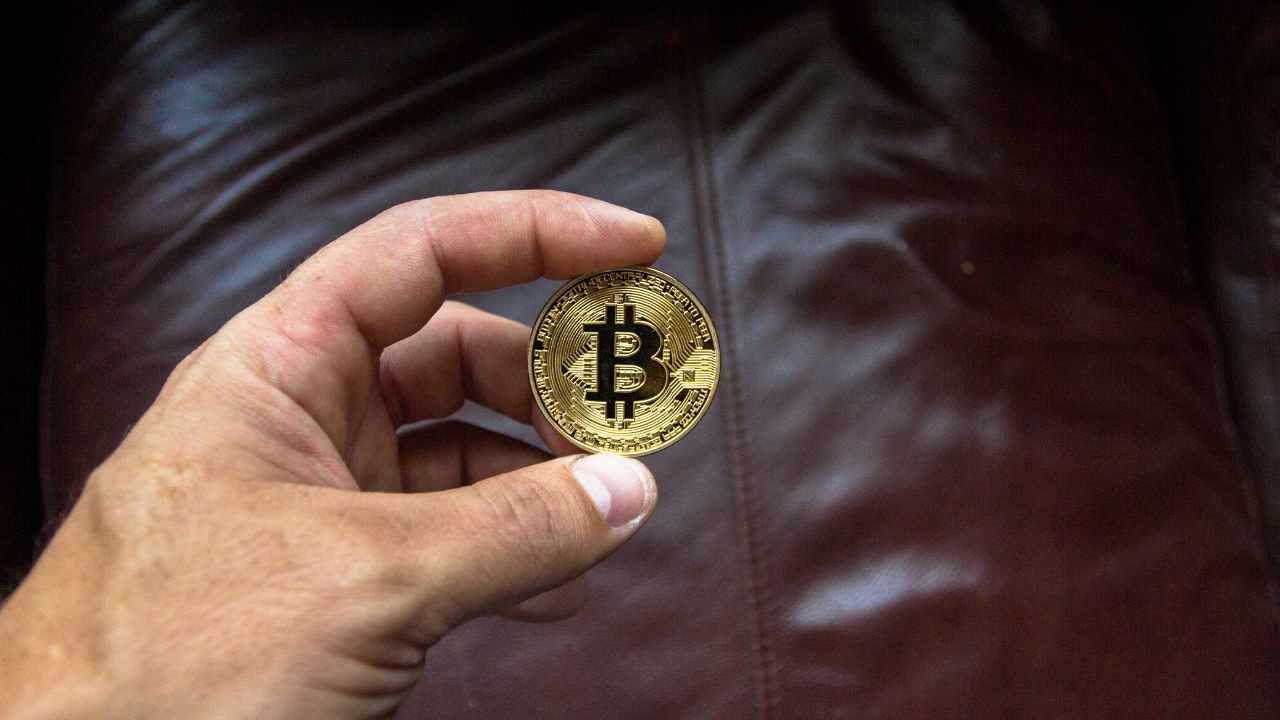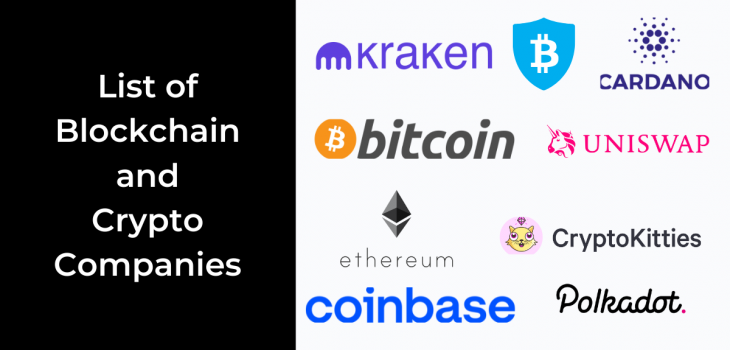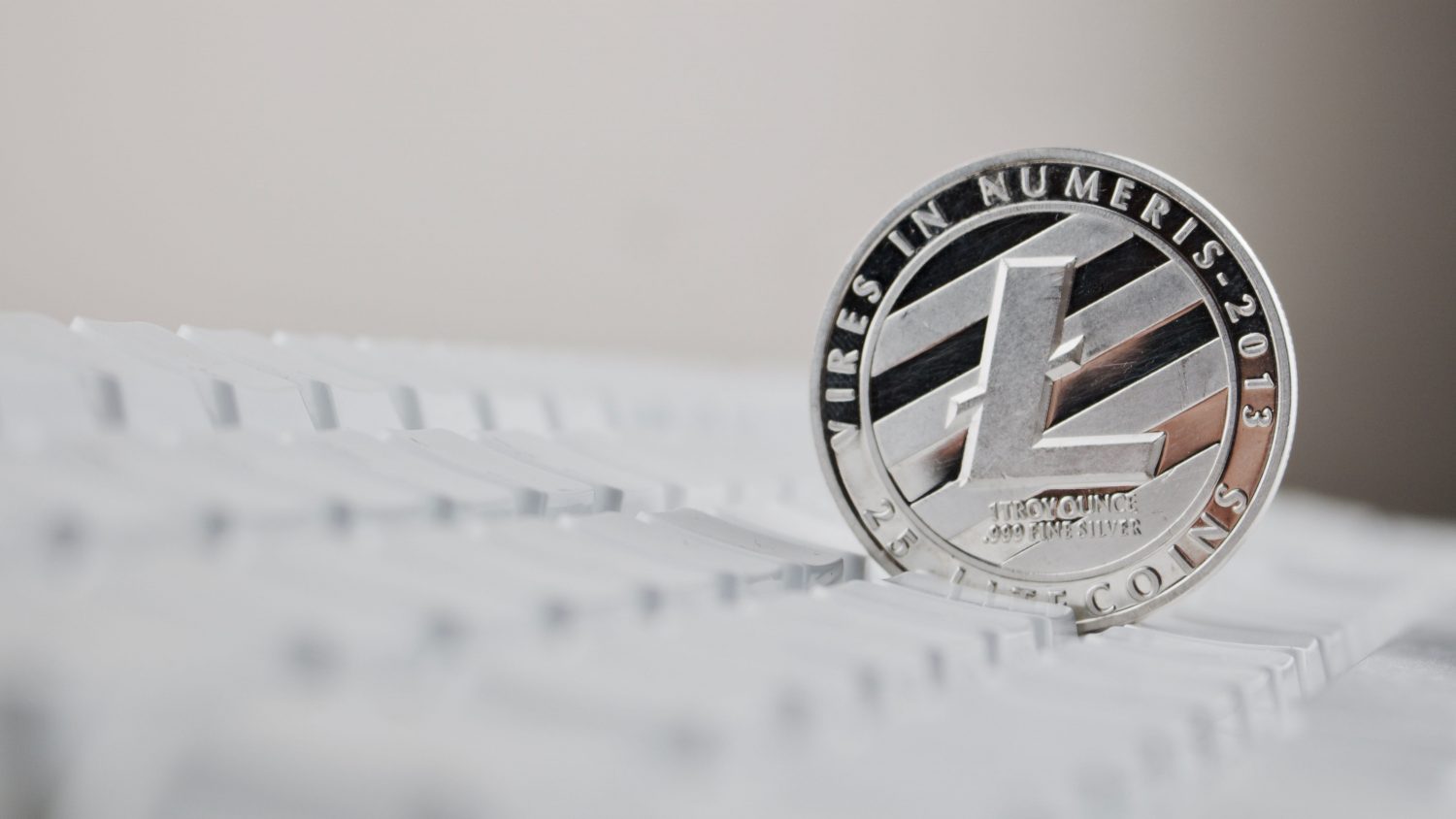
Yield Farming is an excellent way to reap the benefits of DeFi's boom. While some protocols provide low returns, others can offer greater returns and lower risks. There are protocols available for nearly every purpose. These include tax calculations, impermanent loss, and yield tracking. A yield tracking tool such as this is recommended if you plan to invest in DeFi. Before you start investing in your first crops, it is a good idea to read up on DeFi tools.
Profitability
A question crop-loving investors may be asking is whether or not yield farm is profitable. It's a form of lending that generates returns by leveraging existing liquidity pools. The profitability of yield farming depends on several factors, including capital deployed, strategies used, and the liquidation risk of collaterals. However, there are a few things to keep in mind. In this article we will look at some key factors that can impact yield farming profitability.
Many people talk about yield farming in annual percentage yields, which are often compared with bank interest rates. APY is a standard measure of profit, and it is possible to generate triple-digit returns. Triple-digit return are high-risk investments that may not be sustainable long term. Yield farming isn't for the fainthearted. Before diving into the crypto-world, it is crucial to be informed about the risks as well as the potential rewards.
There are risks
Smart contract hacking is the first danger that yield farming poses. It is unlikely that hacking will affect all DeFi networks, but it is possible for smart contract bugs to cause losses. MonoX Finance, which swindled US$31 million from DeFi in 2021, was the victim of smart contract hacking. Smart contract creators should invest more in auditing and technological investment to minimize this risk. Fraud is another potential risk of yield farming. The platform could be taken over by fraudsters who may steal the funds.

Another risk of yield farming is the use of leverage. While leverage allows users to increase their exposure to liquidity mining opportunities, it increases the risk of liquidation. Users must be aware of this risk because they can be forced to liquidate their assets in case the value of their collateral decreases. In addition, when market volatility and network congestion increase, collateral topping up may be prohibitively expensive. Before adopting yield farming as a strategy, users should be aware of the risks involved.
APY
APY is an acronym for annual percentage yield. Although the term APY may sound easy, it can be quite confusing for those who don’t know what it is and what a compounding or interest rate are. This calculation involves calculating the interest/yield over a specified period and then reinvesting it into the original investment. An APY-yield farm would double your initial investments in the first year, then double them again in the second.
Annual percentage yield, or APY, is a term commonly used when discussing the terms of an investment. It's used to determine how much someone can expect to make on a specific investment over time or in the form money in their savings account. Because it includes trading fees and compounding, an APY yield is higher than the corresponding APR. This calculation is very helpful for investors who wish to increase their income and not take on too many risks.
Impermanent loss
Impermanent loss is a risk for investors and farmers using crypto currency to make money. Impermanent loss can be a problem in yield farming. However, it can be minimized by utilizing the benefits of stablecoins. These coins allow you to earn up 10% on your money while minimizing your risk.

First, you should know that yield farming isn't for the faint-hearted. There are several risks associated with this type of investment, and you should understand the potential for loss before investing. BTC and ETH are the major players in the market. BNB, ETH, BTC, and BNB are also the most popular. You can also be known for "burning cryptocurrencies". If you are able to keep your coins invested for a long period of time, you should be in a position to make a profit.
FAQ
Will Shiba Inu coin reach $1?
Yes! After just one month, Shiba Inu Coin has risen to $0.99. The price of a Shiba Inu Coin is now half of what it was before we started. We are still hard at work to bring our project to fruition, and we hope that the ICO will be launched soon.
Ethereum: Can anyone use it?
While anyone can use Ethereum, only those with special permission can create smart contract. Smart contracts are computer programs which execute automatically when certain conditions exist. They allow two parties to negotiate terms without needing a third party to mediate.
Where can I spend my Bitcoin?
Bitcoin is still relatively new, so many businesses aren't accepting it yet. Some merchants accept bitcoin, however. Here are some popular places where you can spend your bitcoins:
Amazon.com - You can now buy items on Amazon.com with bitcoin.
Ebay.com – Ebay accepts Bitcoin.
Overstock.com. Overstock sells furniture. You can also shop their site with bitcoin.
Newegg.com - Newegg sells electronics and gaming gear. You can even order pizza with bitcoin!
What is the next Bitcoin, you ask?
While we have a good idea of what the next bitcoin might look like, we don't know how it will differ from previous bitcoins. We do know that it will be decentralized, meaning that no one person controls it. It will likely be built on blockchain technology which will enable transactions to occur almost immediately without the need to go through banks or central authorities.
What is a Cryptocurrency wallet?
A wallet is an application or website where you can store your coins. There are many types of wallets, including desktop, mobile, paper and hardware. A wallet that is secure and easy to use should be reliable. You must ensure that your private keys are safe. You can lose all your coins if they are lost.
Statistics
- This is on top of any fees that your crypto exchange or brokerage may charge; these can run up to 5% themselves, meaning you might lose 10% of your crypto purchase to fees. (forbes.com)
- In February 2021,SQ).the firm disclosed that Bitcoin made up around 5% of the cash on its balance sheet. (forbes.com)
- That's growth of more than 4,500%. (forbes.com)
- As Bitcoin has seen as much as a 100 million% ROI over the last several years, and it has beat out all other assets, including gold, stocks, and oil, in year-to-date returns suggests that it is worth it. (primexbt.com)
- For example, you may have to pay 5% of the transaction amount when you make a cash advance. (forbes.com)
External Links
How To
How to get started investing in Cryptocurrencies
Crypto currencies are digital assets that use cryptography, specifically encryption, to regulate their generation, transactions, and provide anonymity and security. The first crypto currency was Bitcoin, which was invented by Satoshi Nakamoto in 2008. Since then, many new cryptocurrencies have been brought to market.
Crypto currencies are most commonly used in bitcoin, ripple (ethereum), litecoin, litecoin, ripple (rogue) and monero. There are different factors that contribute to the success of a cryptocurrency including its adoption rate, market capitalization, liquidity, transaction fees, speed, volatility, ease of mining and governance.
There are several ways to invest in cryptocurrencies. Another way to buy cryptocurrencies is through exchanges like Coinbase or Kraken. You can also mine coins your self, individually or with others. You can also purchase tokens using ICOs.
Coinbase is one the most prominent online cryptocurrency exchanges. It lets users store, buy, and trade cryptocurrencies like Bitcoin, Ethereum and Litecoin. Users can fund their account using bank transfers, credit cards and debit cards.
Kraken, another popular exchange platform, allows you to trade cryptocurrencies. You can trade against USD, EUR and GBP as well as CAD, JPY and AUD. Some traders prefer to trade against USD in order to avoid fluctuations due to fluctuation of foreign currency.
Bittrex is another popular exchange platform. It supports over 200 cryptocurrencies and provides free API access to all users.
Binance, a relatively recent exchange platform, was launched in 2017. It claims it is the world's fastest growing platform. It currently trades volume of over $1B per day.
Etherium, a decentralized blockchain network, runs smart contracts. It uses proof-of-work consensus mechanism to validate blocks and run applications.
In conclusion, cryptocurrencies do not have a central regulator. They are peer-to-peer networks that use decentralized consensus mechanisms to generate and verify transactions.